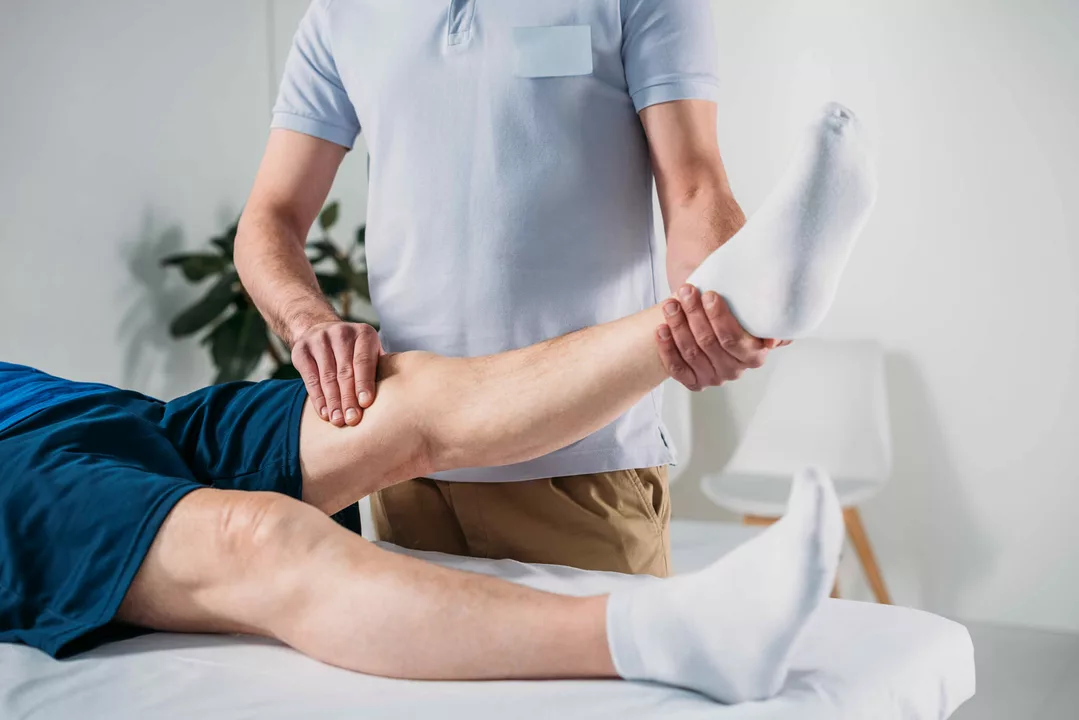Diabetic gastroparesis — quick, practical guide
Diabetic gastroparesis means your stomach empties slowly because nerves that control it are damaged by high blood sugar. That makes meals sit in your stomach, causing nausea, bloating, vomiting and big blood sugar swings. You don’t need a lot of medical jargon to act—small changes often make a big difference.
Symptoms and how doctors check it
Common signs are nausea, vomiting (especially hours after eating), early fullness, bloating, and weight loss from poor intake. If your blood sugar flips between high and low after meals, delayed emptying could be the reason.
To confirm it, doctors usually order a gastric emptying study (scintigraphy) where you eat a labeled meal and they measure how fast it leaves the stomach. Other tests can include upper endoscopy to rule out blockages and sometimes a breath test. Your diabetes team will also check how well you control blood sugar, since high levels slow the stomach more.
Practical management — what helps right away
Diet is the fastest place to see improvement. Try small, frequent meals (4–6 a day), choose low-fat and low-fiber foods, and prefer pureed or liquid meals when symptoms are bad. Solid high-fiber foods like raw vegetables and whole grains delay emptying; switch to soups, smoothies, or well-cooked veggies temporarily.
Control blood sugar tightly. High glucose directly slows stomach emptying, so working with your diabetes provider to adjust insulin or meds helps both symptoms and nutrition. Use a glucose meter or CGM to catch swings after meals.
Medications can help. Metoclopramide is a common prokinetic but has risks with long use (movement side effects), so it’s usually for short courses or under close follow-up. Erythromycin can speed emptying but tolerance often develops after weeks. Domperidone helps in many places but isn’t FDA-approved in the U.S.; it requires specialist supervision. Newer drugs and trials are ongoing—talk to your gastroenterologist about options.
If you have trouble swallowing pills, ask your pharmacy about liquid formulations or compounding options—many pharmacies can make meds easier to take.
For severe cases where nutrition suffers, doctors may recommend enteral feeding (a feeding tube) or gastric electrical stimulation in select patients. These are specialist decisions—get a GI and diabetes team involved.
When to call your provider? If you can’t keep fluids down, lose significant weight, have dehydration, or your blood sugars are uncontrollable despite changes—seek care promptly.
Bottom line: managing diabetic gastroparesis is a team effort—diet tweaks, better glucose control, and the right meds usually improve symptoms. Work with your diabetes and GI providers, track your symptoms, and ask about formulations if swallowing is a problem.

- 12 Comments
Diabetic Gastroparesis is a condition where the stomach takes too long to empty its contents, often causing nausea, vomiting, and other complications. As a blogger, I recently discovered the benefits of physical therapy and rehabilitation in managing this condition. With the help of a trained therapist, patients can learn exercises and techniques to improve their digestion and overall gut health. Additionally, physical therapy can help reduce pain and discomfort associated with Gastroparesis, making daily life more manageable. Incorporating physical therapy and rehabilitation into a treatment plan can significantly improve the quality of life for those suffering from Diabetic Gastroparesis.
